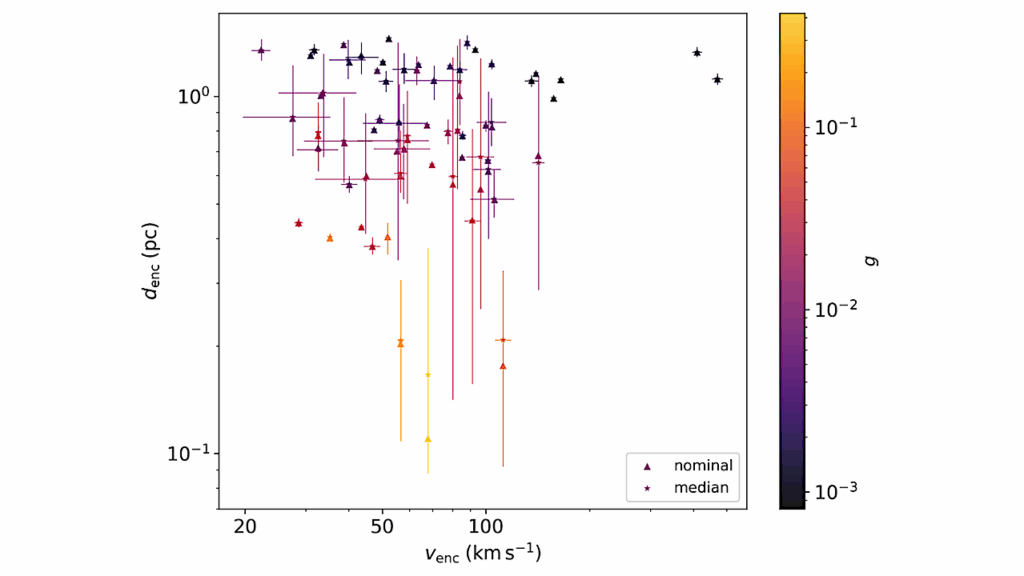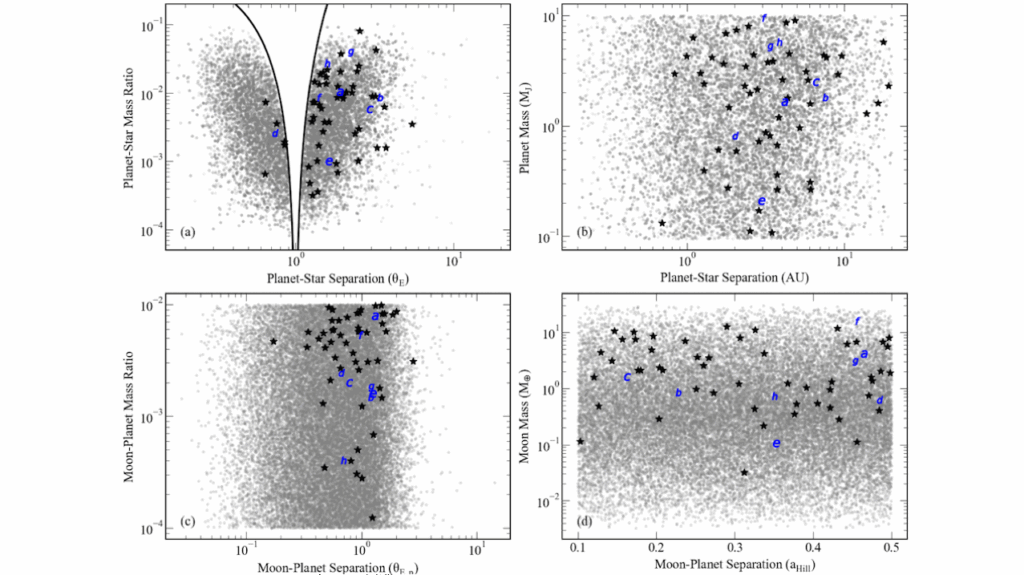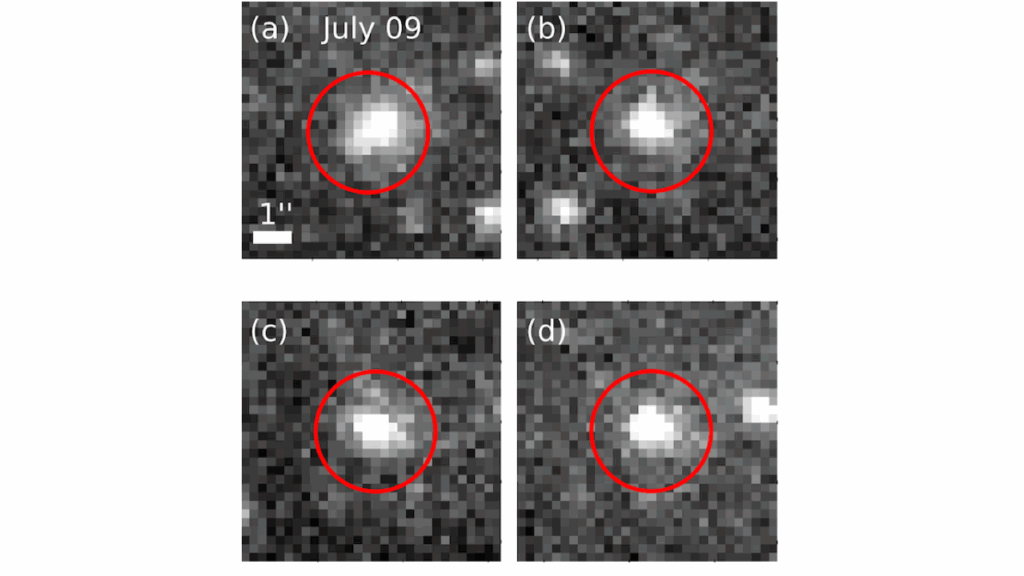Infrared-Radio-follow-up Observations for Detection of the Magnetic Radio Emission of Extra-Solar Planets: A New Window to Detect Exoplanets

There are several methods for indirectly detecting exoplanets, such as transit, radial velocity, astrometry, and the conventional gravitational microlensing approach. These methods rely on observing the effects of exoplanets on the emission or motion of observed stars. All these techniques have focused on the optical or infrared domains.
However, an alternative method for exoplanet detection via microlensing events involves planets orbiting the source star, creating a binary source system. In this study, we explore a novel approach to detecting and studying exoplanets exclusively through their radio emissions resulting from magnetospheric processes. We propose utilizing the Roman telescope as a survey observer to detect microlensing events. Subsequently, we investigate the potential for detecting planetary radio signals through follow-up observations of these microlensing events in the radio band using the SKA telescope.
This method is viable due to the comparable radio emission levels of exoplanets and their parent stars, unlike optical and infrared emissions. We conduct a Monte Carlo simulation to replicate the observations by the Nancy Roman Telescope, followed by a follow-up observation in radio frequencies using the SKA telescope.
We determine that approximately 1,155 exoplanets exhibit detectable signals by the SKA telescope during the 7-season observations by the Nancy Roman Telescope. This result indicates that such a method cannot only facilitate the direct detection of exoplanets but also enable the measurement of their magnetic field strength through analysis of their radio emissions.
Fatemeh Bagheri, Ramon E. Lopez, Amir Shahmoradi
Comments: 13 pages, 4 figures, submitted to Frontiers in Astronomy and Space Sciences
Subjects: Earth and Planetary Astrophysics (astro-ph.EP); Instrumentation and Methods for Astrophysics (astro-ph.IM); Space Physics (physics.space-ph)
Cite as: arXiv:2404.14359 [astro-ph.EP] (or arXiv:2404.14359v1 [astro-ph.EP] for this version)
Submission history
From: Fatemeh Bagheri
[v1] Mon, 22 Apr 2024 17:13:44 UTC (2,830 KB)
https://arxiv.org/abs/2404.14359
Astrobiology,








